- Joined
- Oct 22, 2018
- Messages
- 150
- Points
- 253

The Marciliana, Marsiliana or Marziliana was a vessel of Venetian origin that appears very frequently in documents relating to traffic and navigation in the Adriatic, to the point of characterizing – in the 16th and 17th centuries – the one defined by the historian. J. C. Hoquet as “the Marcilian era”. Its use was always commercial, and following the indications relating to Adriatic traffic, we can see how it was used on increasingly longer routes. We find it initially used in communication with Istria, Romagna and the Marche; During the 16th century the routes were lengthened and it became the preferred vessel for transporting goods between Venice and the ports of Puglia, Spalato, Ragusa and Durazzo and towards the Ionian Islands. Reaching a larger size, he extended his trips to Sicily, the coasts of the Morea (Peloponnese), Crete and the Levant.
Very diverse goods were transported: wheat, rye, oil, wine, biscuits, cheese, walnuts, almonds, wallonia (oak bark and acorn skin used to tan leather), raisins, oranges, firewood, wood, animal feed, skins, fabrics, soap, the precious salt and even live cattle. The origin of the term marciliana – which is already present in medieval Latin from the year 1261 – has unleashed the fantasy of many researchers, but its etymology is uncertain. There are those who have speculated with a hypothetical derivation of S. Marco, out of devotion to the patron saint of Venice - with the meaning of the wood of S. Marco -, or also from the French port of Marseille, with which the Venetians maintained a great traffic. from the 12th century. Some have even ventured the hypothesis that the name comes from the shape of the boat's hull, which is reminiscent of a marsione (sea pig) and from there marsiane and later marsiliane; However, the most probable etymology seems to be related to the transportation of goods for which it was intended: marciliana, that is, nave “merciaja, quasi dir volesse nave per mercanzia, portatrice di merci”.
We lack sufficient information to be able to accurately determine the lines of its hull in the 13th and 14th centuries; We can only guess that it was a small boat with flat shapes, provided with a deck, rigged with a mast that made up a lateen sail and equipped at the stern with two side blades for steering. Between the 15th and 16th centuries there was a great development in the Adriatic of smaller vessels to the detriment of large sailing ships and while in the Atlantic Ocean and the Mediterranean there was the triumph of the caravel, in those waters the Marcilian became more and more widespread. Although by then it had already reached considerable dimensions, it could still navigate the mouths of large rivers due to its minimal draft. Immediately after the second half of the 16th century, there was a strong increase in large-tonnage shipbuilding, which gave a greater impetus to the construction of this type of ship.
The Marciliana, however, had the disadvantage of not being an armed ship, and also its shapes were not suitable for combat maneuvers, so it was very vulnerable to attacks by privateers and pirates, widespread in the Mediterranean and along the Dalmatian coast. For this reason, Venice did not welcome its uncontrolled proliferation, which, combined with its increase in size to the detriment of security, competed with the construction of the "armed ships" that the Venetian fleet desperately needed to guarantee traffic and impose its own supremacy over the seas and in particular in its "Gulf". Another important drawback that the Marcilians had was that they usually loaded non-precious merchandise, the transportation of which was reserved for "suitable ships" and galleys. Venetian merchants, who wanted to make ever greater profits, tried to load as many goods as possible onto the Marsilianas, even on deck, often creating a false deck, all to the detriment of the stability of the ship itself. The Marciliana was the ship of the time most exposed to being prey to privateers and pirates or a victim of shipwrecks and, surely, many of the shipwrecks that suffered were found at the bottom of the Adriatic. The Venetian Senate tried to remedy these intolerable overloads with the ordinance of November 4, 1589, which prohibited adding “altra coperta che le due con le quali sono fabbricate”, but this initiative proved useless. The Pregadi (citizens who, being members of the senate, were consulted by the Doge on the most serious issues) intervened drastically, trying to limit their radius of action and in 1602 they prohibited the Marcilians from going beyond the island of Zante and sailing in the Mediterranean.
From a certain point on, the construction of these ships became economically unattractive, since they were too expensive, especially those of larger dimensions, and thus in Venice the 78 Marsilianas of 1602 were reduced to 38 in 1619. To prevent their disappearance, In 1634, a permit was granted to the Marcilians – those with greater carrying capacity – to be able to sail to the island of Heraklion (Crete). The Marcilians once again gained importance in the Venetian merchant fleet throughout the 17th century, reaching 78 units in 1698, thanks to their extreme functionality. Pantero Pantera, in 1614, provides us with a description of the particular navigation equipment composed of “seven sails; six square, and one Latin”; while in a 1657 inventory transcribed by the historian J. Luetic we can see how the marciliana was equipped with three masts. A precious manuscript by Staffano de Zanne de Michel, proto of the Arsenal marangoni, dating from 1686, describes and provides preliminary drawings of the main Venetian ships. It gives us all the necessary dimensions to build the hull of a Marciliana from the mid-16th century, although clearly specifying how at this point “sono fabbriche che non hanno ne regola ne ragion accurate, ma ben si tute differenti”, because each captain proceeded to modify it according to your own convenience.
Thanks to this data and its information it is possible to reconstruct a Marcilian from the time, always taking into account that it could have very different shapes and dimensions. From this period we have quite rich iconography, which allows us to see how the Marcilians had mixed navigation rigs, composed of a set of four to seven sails, square and lateen. A lateen sail is always found at the stern, as was customary to better maneuver the rudder, sometimes reinforced at the top with a small square sail. The mainmast was usually equipped with two or three square sails, but sometimes instead of the mainsail it carried a large lateen sail. This mast always had a large topsail, and if a lateen sail was set up, it only had a square topsail, so maneuvering the lateen sail certainly could not have been too easy. The foresail mast was characteristic, strongly inclined forward, looking like a long bowsprit, with the function of the round and imposing bow resting well in the sea. Depending on the hull, the foremast was equipped with one or two small square sails.
The hull is characteristic: the bow is high and round, very similar to what we know from the oldest luggers, as is the stern, which tapers towards the axis with round but stylized lines. The foredeck and the aft castle, often protected by a poop, are clearly visible. The castle is not always closed aft by the transom, sometimes it seems like a simple natural elevation of the hull. At the beginning of the 18th century, brigantines, ketches, polacras and tartans successfully confronted the Marcilians' bet in the Mediterranean, forcing them to operate only in the Adriatic, where, however, new types of more agile vessels had been developed. and smaller in size. and cheaper: trabaccolos, pièlegos and brazzeras. The political-economic situation that developed in the 18th century in the Adriatic, with the new free ports of Trieste, Fiume and Ancona, favored the intense exchange between the ports of both shores, greatly reducing the need for ships with large capacity. load. The Marciliana thus suffered ruthless competition even on the routes traditionally traveled by it in the Adriatic, and its decline - which began in the first years of the century - became unstoppable, reaching its total disappearance in a few decades, without a trace left. this type of boat. This progressive disuse of the Marciliana meant that it did not survive the fall of the centuries-old Republics of Venice and Ragusa and the Napoleonic Wars: in fact, we can assume that 1780-1790 was the decade related to its disappearance. At the beginning of the 19th century, especially in Chioggiotti's documents, there is still evidence of the presence of the marciliana, called vascello da chebba a manzera, with characteristics that suggest a possible derivation towards the lugger during the 18th century, and then ended up being confused with this typology.
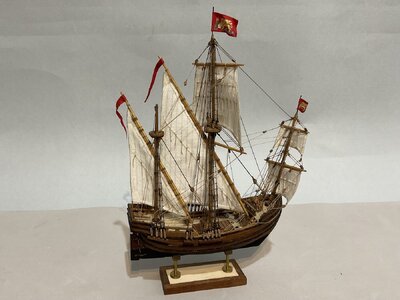
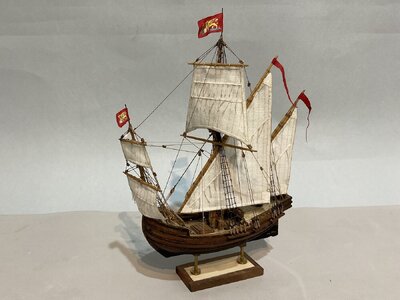
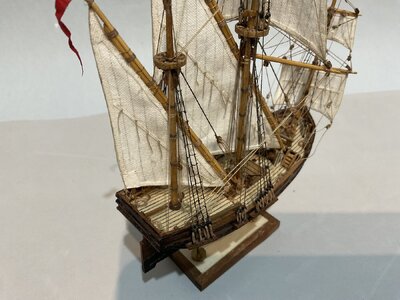
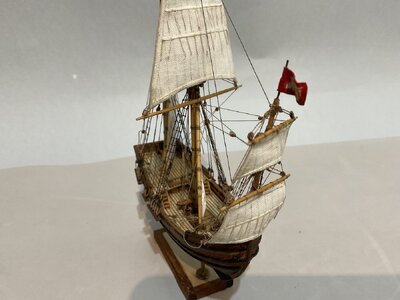
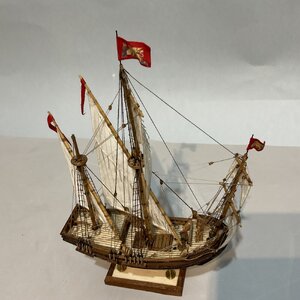
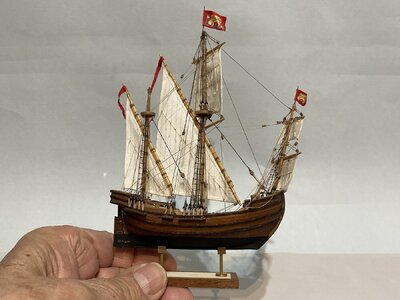
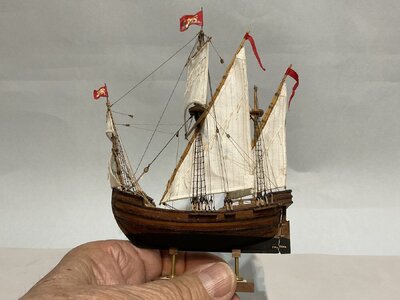
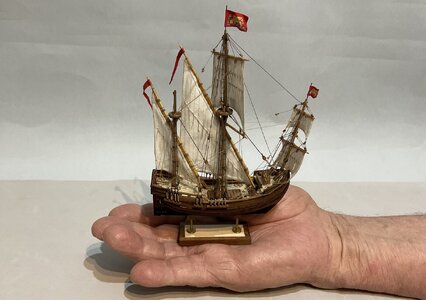
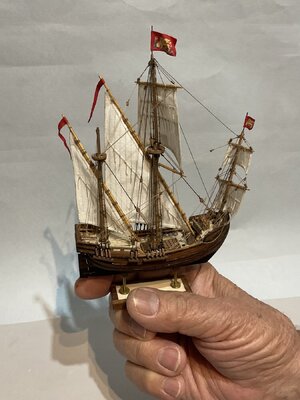
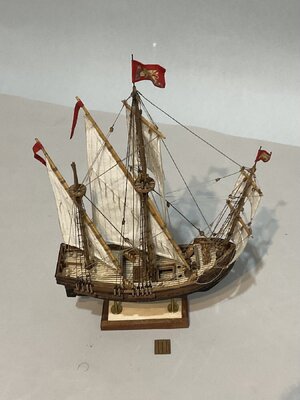
Very diverse goods were transported: wheat, rye, oil, wine, biscuits, cheese, walnuts, almonds, wallonia (oak bark and acorn skin used to tan leather), raisins, oranges, firewood, wood, animal feed, skins, fabrics, soap, the precious salt and even live cattle. The origin of the term marciliana – which is already present in medieval Latin from the year 1261 – has unleashed the fantasy of many researchers, but its etymology is uncertain. There are those who have speculated with a hypothetical derivation of S. Marco, out of devotion to the patron saint of Venice - with the meaning of the wood of S. Marco -, or also from the French port of Marseille, with which the Venetians maintained a great traffic. from the 12th century. Some have even ventured the hypothesis that the name comes from the shape of the boat's hull, which is reminiscent of a marsione (sea pig) and from there marsiane and later marsiliane; However, the most probable etymology seems to be related to the transportation of goods for which it was intended: marciliana, that is, nave “merciaja, quasi dir volesse nave per mercanzia, portatrice di merci”.
We lack sufficient information to be able to accurately determine the lines of its hull in the 13th and 14th centuries; We can only guess that it was a small boat with flat shapes, provided with a deck, rigged with a mast that made up a lateen sail and equipped at the stern with two side blades for steering. Between the 15th and 16th centuries there was a great development in the Adriatic of smaller vessels to the detriment of large sailing ships and while in the Atlantic Ocean and the Mediterranean there was the triumph of the caravel, in those waters the Marcilian became more and more widespread. Although by then it had already reached considerable dimensions, it could still navigate the mouths of large rivers due to its minimal draft. Immediately after the second half of the 16th century, there was a strong increase in large-tonnage shipbuilding, which gave a greater impetus to the construction of this type of ship.
The Marciliana, however, had the disadvantage of not being an armed ship, and also its shapes were not suitable for combat maneuvers, so it was very vulnerable to attacks by privateers and pirates, widespread in the Mediterranean and along the Dalmatian coast. For this reason, Venice did not welcome its uncontrolled proliferation, which, combined with its increase in size to the detriment of security, competed with the construction of the "armed ships" that the Venetian fleet desperately needed to guarantee traffic and impose its own supremacy over the seas and in particular in its "Gulf". Another important drawback that the Marcilians had was that they usually loaded non-precious merchandise, the transportation of which was reserved for "suitable ships" and galleys. Venetian merchants, who wanted to make ever greater profits, tried to load as many goods as possible onto the Marsilianas, even on deck, often creating a false deck, all to the detriment of the stability of the ship itself. The Marciliana was the ship of the time most exposed to being prey to privateers and pirates or a victim of shipwrecks and, surely, many of the shipwrecks that suffered were found at the bottom of the Adriatic. The Venetian Senate tried to remedy these intolerable overloads with the ordinance of November 4, 1589, which prohibited adding “altra coperta che le due con le quali sono fabbricate”, but this initiative proved useless. The Pregadi (citizens who, being members of the senate, were consulted by the Doge on the most serious issues) intervened drastically, trying to limit their radius of action and in 1602 they prohibited the Marcilians from going beyond the island of Zante and sailing in the Mediterranean.
From a certain point on, the construction of these ships became economically unattractive, since they were too expensive, especially those of larger dimensions, and thus in Venice the 78 Marsilianas of 1602 were reduced to 38 in 1619. To prevent their disappearance, In 1634, a permit was granted to the Marcilians – those with greater carrying capacity – to be able to sail to the island of Heraklion (Crete). The Marcilians once again gained importance in the Venetian merchant fleet throughout the 17th century, reaching 78 units in 1698, thanks to their extreme functionality. Pantero Pantera, in 1614, provides us with a description of the particular navigation equipment composed of “seven sails; six square, and one Latin”; while in a 1657 inventory transcribed by the historian J. Luetic we can see how the marciliana was equipped with three masts. A precious manuscript by Staffano de Zanne de Michel, proto of the Arsenal marangoni, dating from 1686, describes and provides preliminary drawings of the main Venetian ships. It gives us all the necessary dimensions to build the hull of a Marciliana from the mid-16th century, although clearly specifying how at this point “sono fabbriche che non hanno ne regola ne ragion accurate, ma ben si tute differenti”, because each captain proceeded to modify it according to your own convenience.
Thanks to this data and its information it is possible to reconstruct a Marcilian from the time, always taking into account that it could have very different shapes and dimensions. From this period we have quite rich iconography, which allows us to see how the Marcilians had mixed navigation rigs, composed of a set of four to seven sails, square and lateen. A lateen sail is always found at the stern, as was customary to better maneuver the rudder, sometimes reinforced at the top with a small square sail. The mainmast was usually equipped with two or three square sails, but sometimes instead of the mainsail it carried a large lateen sail. This mast always had a large topsail, and if a lateen sail was set up, it only had a square topsail, so maneuvering the lateen sail certainly could not have been too easy. The foresail mast was characteristic, strongly inclined forward, looking like a long bowsprit, with the function of the round and imposing bow resting well in the sea. Depending on the hull, the foremast was equipped with one or two small square sails.
The hull is characteristic: the bow is high and round, very similar to what we know from the oldest luggers, as is the stern, which tapers towards the axis with round but stylized lines. The foredeck and the aft castle, often protected by a poop, are clearly visible. The castle is not always closed aft by the transom, sometimes it seems like a simple natural elevation of the hull. At the beginning of the 18th century, brigantines, ketches, polacras and tartans successfully confronted the Marcilians' bet in the Mediterranean, forcing them to operate only in the Adriatic, where, however, new types of more agile vessels had been developed. and smaller in size. and cheaper: trabaccolos, pièlegos and brazzeras. The political-economic situation that developed in the 18th century in the Adriatic, with the new free ports of Trieste, Fiume and Ancona, favored the intense exchange between the ports of both shores, greatly reducing the need for ships with large capacity. load. The Marciliana thus suffered ruthless competition even on the routes traditionally traveled by it in the Adriatic, and its decline - which began in the first years of the century - became unstoppable, reaching its total disappearance in a few decades, without a trace left. this type of boat. This progressive disuse of the Marciliana meant that it did not survive the fall of the centuries-old Republics of Venice and Ragusa and the Napoleonic Wars: in fact, we can assume that 1780-1790 was the decade related to its disappearance. At the beginning of the 19th century, especially in Chioggiotti's documents, there is still evidence of the presence of the marciliana, called vascello da chebba a manzera, with characteristics that suggest a possible derivation towards the lugger during the 18th century, and then ended up being confused with this typology.

















